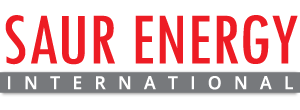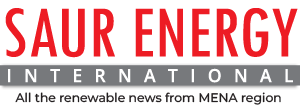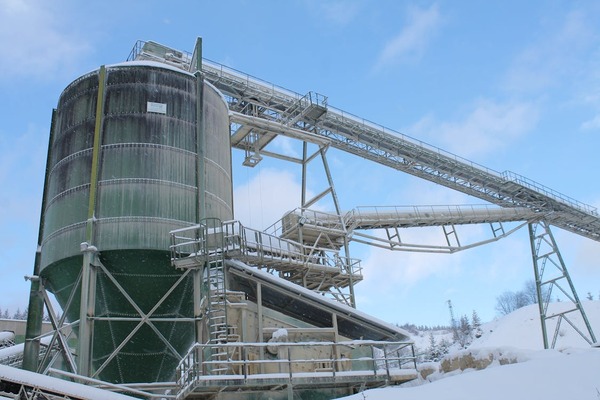Oman and the Netherlands have entered into three new agreements aimed at boosting cooperation in hydrogen energy and supporting infrastructure. These agreements focus on developing projects that connect Oman’s future hydrogen production to international markets.
The first deal is centered on producing and exporting liquefied hydrogen. The second plans to explore how hydrogen and carbon dioxide could be transported through pipelines. The third agreement involves Dutch company Royal Vopak and includes setting up storage facilities in Duqm for various fuels and chemicals, including hydrogen and ammonia.
The types of materials to be stored include crude oil, refined fuels, chemicals, liquefied petroleum gas (LPG), liquefied natural gas (LNG), hydrogen, ammonia, and carbon dioxide. These storage terminals will be used to support both domestic use and export purposes.
The new hydrogen corridor will connect the Port of Duqm in Oman with the Port of Amsterdam in the Netherlands. The plan includes future extensions to key distribution hubs in Germany such as the Port of Duisburg. The hydrogen to be exported is expected to meet the EU’s Renewable Fuels of Non-Biological Origin (RFNBO) standards.
The agreements were signed during a visit by Oman’s Minister of Energy and Minerals, Eng. Salim bin Nasser Al Aufi. He said the cooperation supports Oman’s progress in hydrogen development and increases its link to international markets.
In addition to the recent hydrogen announcements, Oman is progressing on other renewable energy projects. Nama Power and Water Procurement Company (PWP) has ongoing tenders for solar and wind projects with a combined target of over 4 GW by 2029. Projects such as Ibri II (500 MW solar), and the wind-based Dhofar Power Project (50 MW) are already operational.
Also, the Oman Electricity Transmission Company is expanding its grid through the Rabt Interconnection Project, aimed at connecting northern and southern systems to improve transmission capacity for renewable energy.


